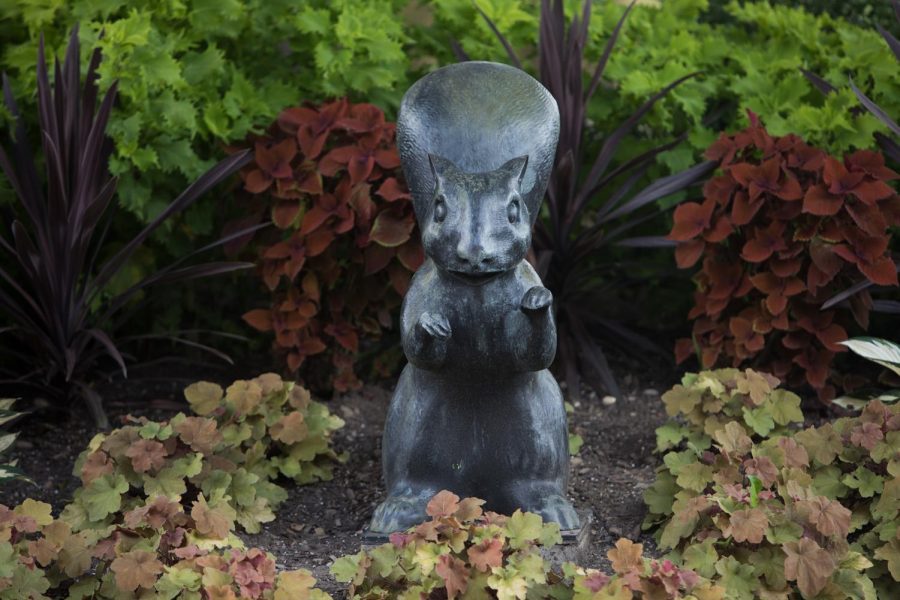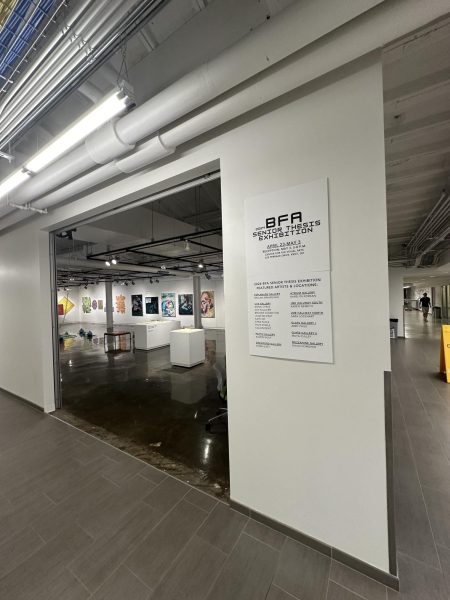Black squirrel timeline
September 4, 2019
Pre-1960: Black squirrels, Sciurus carolinensis, are rare in Ohio. For every 10,000 gray squirrels in North America, there is one black squirrel.
The gene that gives them their black coat is recessive. Only squirrels with two of the recessive black genes will have a black coat. One dominant gene of another color will make the squirrel’s fur that color.
February 1961: Kent State grounds superintendent Larry Wooddell becomes captivated with the creatures and wants to ensure their survival. A colony of black squirrels living in Chardon had died out, leaving a sparse few scattered throughout Ohio.
M.W. “Biff” Staples, a retired Davey Tree Expert Co. employee and friend of Wooddell, first spots them on a business trip to Ontario, Canada. Wooddell works with Canadian wildlife authorities to bring 10 squirrels back with him to Kent.
March 1961: A second trip is made to a London, Ontario park to obtain more squirrels. Kent’s native red squirrels, seen as a threat to their Canadian counterparts., are targeted by Wooddell.
1960s to 1990s: Kent State grounds maintenance installs food baskets and nesting boxes high up in the trees to help support the black squirrel population.
1964: The Record-Courier newspaper observes there are up to 150 squirrels in the area.
2009: President Lester Lefton and his wife, Linda, donate a bronze black squirrel statue.
























Pamela Bills • Jul 3, 2022 at 9:45 am
What does it mean that Kent’s native red squirrels were “targeted” by Woodall? Does it mean the native squirrels were killed?